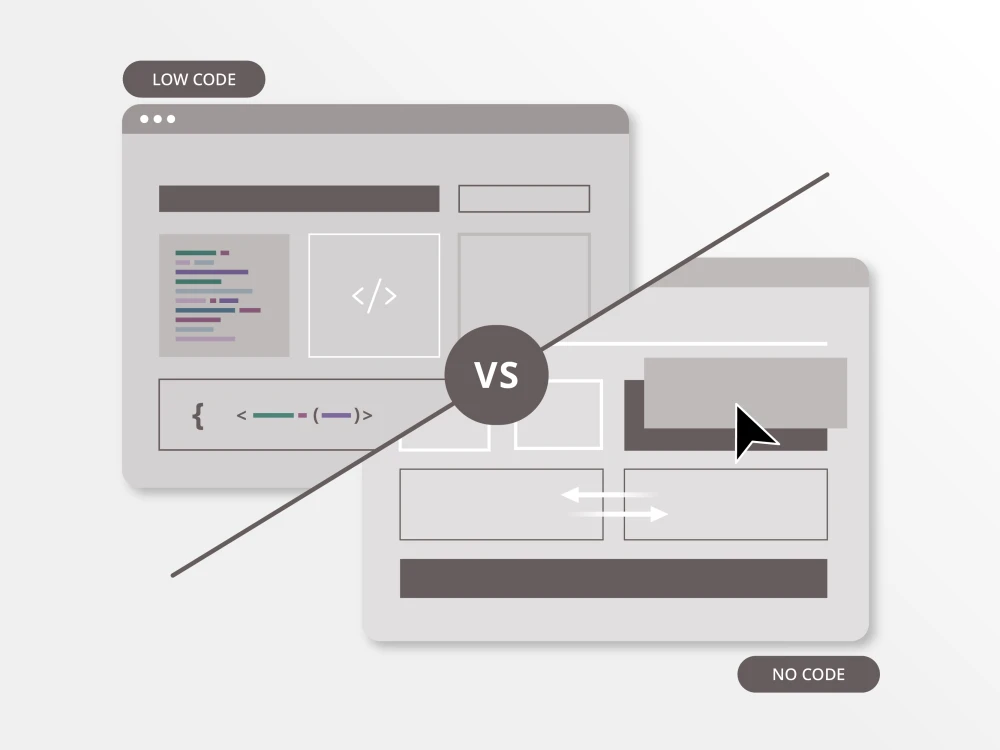The ability to create, publish and manage engaging content has become a vital component of doing business online. A powerful and flexible content management system (CMS) is crucial for doing this effectively. While Drupal is a popular choice as an open-source downloadable CMS, its many limitations send many content teams looking for a Drupal alternative.
A free, open-source offering like Drupal may sound good to teams that are looking to deploy a CMS for the first time. However, for true enterprise content management that will optimize content as commerce and drive business growth, a free tool isn’t always cost-effective because it includes so many limitations.
Consider these four reasons you need an alternative to Drupal for successful enterprise content management.
Drupal is too developer-centric
Drupal offers thousands of choices of themes and modules to extend its core functionality and allow for customization, but it requires developer support if you want to modify the CMS to fit your specific needs.
Drupal uses only PHP, a web-programming language that was made to code the back end for websites. That means if you want to modify the CMS or customize workflows through the interface, you have to rely on development teams with experience in this coding language.
On the other hand, Brightspot offers a truly flexible, customizable CMS that is user-centric. Individual users, including writers, editors, content creators and marketers, can easily make changes to workflows and content models without the need to re-architect from the ground up every time something changes.
Drupal offers a simplistic CMS
Drupal’s basic, out-of-the-box CMS offers limited publishing and workflow flexibility. Companies looking to scale content operations and future-proof for what’s ahead often need a Drupal alternative. That’s because they require developer support to change or customize an existing module within Drupal, or to implement a new workflow solution to enable consistent content output or make almost any other change.
In contrast, Brightspot CMS is set up as an enterprise-level publishing user interface that is fully customizable, including dedicated workflows, permissions, content types and templates—all of which are configurable by team, role or at the individual user level.
Drupal lacks centralized accountability
As an open-source project, Drupal software is powered by a community of developers and agency partners that help build and deploy its CMS. Because Drupal is not a company, it lacks the centralized management and unified business strategy that an enterprise CMS platform like Brightspot has.
With Drupal, there’s no 24/7 managed services or hosting support from the same organization that builds and develops the platform. Instead, to host a site powered by Drupal, you need to employ a hosting team or establish an agreement with a third-party service like AWS, with an internal team to manage and monitor that. With a modern CMS like Brightspot, all of that is handled for you by a customer care team that’s available around the clock.
Drupal prohibits fast-paced change and nimbleness
Because it requires so much developer support, using Drupal as your CMS typically takes much longer to get new sites and modules up and running. On the other hand, a user-centric, low-code CMS like Brightspot makes it possible to stand up new sites in weeks rather than months, and to seamlessly manage the use of content in various formats from one location.
For example, Vodafone New Zealand, a leading digital services company with more than 3 million customers, needed to find a Drupal alternative and migrate all its online and e-commerce content to a new CMS within three months. After selecting Brightspot, Vodafone was able to quickly migrate all m content from the old CMS without help from the IT team. Today, the Vodafone content team enjoys smoother content workflows and the ability to quickly and easily build and publish new content.










